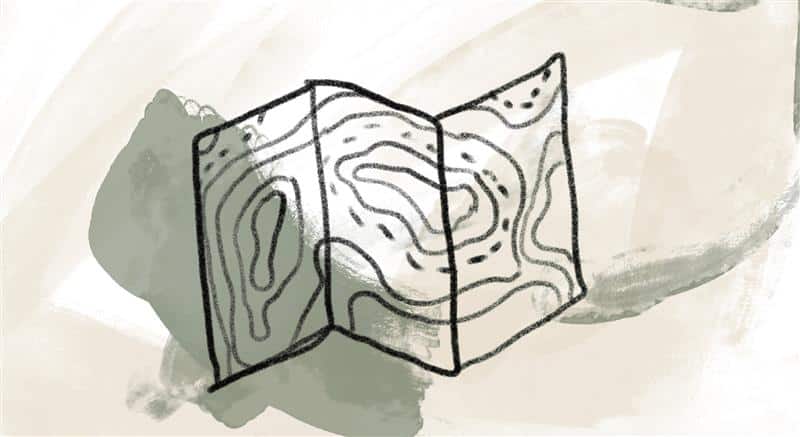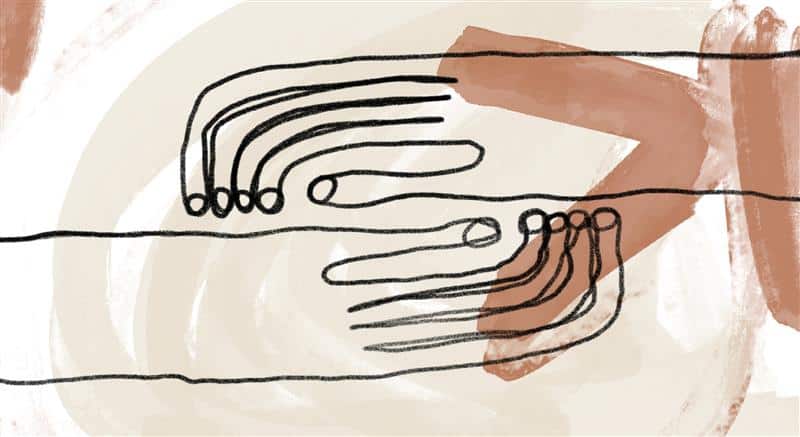
In Jesus’ painful death, theologian Kwok Pui Lan experiences God’s solidarity with the suffering of Asian women.
Jesus cried out for Jerusalem. His sorrow was so deep that Matthew had to use a “feminine metaphor” to describe what he actually felt: “How often would I have gathered your children together as a hen gathers her brood under her wings…” (Matthew 23:37). How much more would a mother lament over her dead son who died in the wars in Indochina? How can the mothers, wives, and lovers in Korea who are separated from their loved ones stop crying over the divided country?…
[Asian] women suffer from the millennia-old prejudices and discriminations of the male-dominated Eastern cultures, from rampant socio-political exploitations, and from their structural vulnerability. These big burdens join hand-in-hand to rob a woman of her personhood, to render her a no-body.
Because suffering touches the innermost part of her being, she feels the pain of the suffering God: a God who cried out from the cross … a God who was put to death by the military and political forces, who was stripped naked, insulted and spat upon. Didn’t the prophet Isaiah say: “He was despised and rejected by men, a man of sorrows and acquainted with grief, and as one from whom men hide their faces…” (Isaiah 53:3)? God has taken the risk to become a human being, and experiences personally what it means to be a no-body.
It is the very person on the cross that suffers like us, was rendered a no-body, who illuminates our tragic human existence and speaks to countless women in Asia. We are not looking to Jesus as a mere example to follow, neither shall we try to idolize him. We see Jesus as the God who takes human form and suffers and weeps with us. [1]
For Richard Rohr, the “bias from the bottom” is a way of following God and living life from the side of suffering:
Instead of legitimating what we are already doing, liberation theology simply tries to read the text from the side of the pain. That’s all. For me, that is the icon of Jesus—to read not from the side of power, but from the side of pain. Who has the pain? Where is the pain? As many have said, Jesus is on both sides of every war. The Germans in the First World War had their “Gott mit uns” [God with us] on their belt buckles, but God is in the foxholes of both sides. God is with all people crying out in their pain. Doesn’t that leave us feeling helpless? It’s not an exclusive god of our group anymore; it’s the universal God of all the earth, of all peoples. But it’s only possible to think this way when we move to the level of wisdom, which is the level of liberation. We don’t have time for group-centric religion anymore. There is too much suffering. [2]
References:
[1] Kwok Pui Lan, “God Weeps with Our Pain,” in New Eyes for Reading: Biblical and Theological Reflections by Women from the Third World, ed. John S. Pobee and Barbel von Wartenberg-Potter (Bloomington, IN: Meyer Stone Books, 1987), 92.
[2] Adapted from Richard Rohr, “Gospel Call for Compassionate Action (Bias from the Bottom),” CAC Foundation Set (Albuquerque, NM: Center for Action and Contemplation, 2007). Available as MP3 download.
Image credit: A path from one week to the next—Izzy Spitz, Everything at Once, digital oil pastel. Izzy Spitz, Wings, digital oil pastel. Izzy Spitz, Tuesday Chemistry. Used with permission. Click here to enlarge image.
Perhaps those on the “bottom” of our societies, like the bottom shape in the image, have colors those “on top” have never dreamed of, like corals, reds and yellows.
Story from Our Community:
As a teacher of children with special needs, God offered me a heart for the broken, vulnerable, and needy. In caring for [others], I have found my own healing and transformation. A lifetime of experiences has taught me that our lives are meant to be poured out in service of others and not guarded for ourselves.… As I walk further on the path of service, I’m eternally grateful to be free from “me.” The Daily Meditations continue to affirm what I know deep inside my soul: we are not alone. We belong to everyone else. —Barb B.




